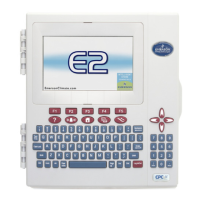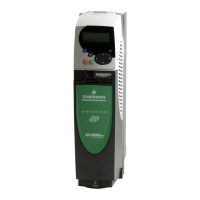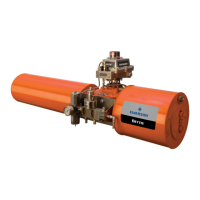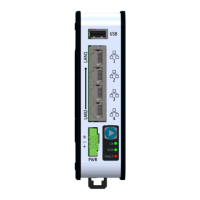©2017 Nelson Heat Tracing Systems
GA2497 Rev.5
Note:
Ensure you refer to the correct RTD table for the type
of RTD you are using.
2. Temperature Verification ( Continued)
To verify the Controller:
TURN THE POWER TO THE CONTROLLER OFF BEFORE
PROCEEDING!
a)
Disconnect the RTD wiring from the input terminals.
b)
Connect a 100 Ω resistor across the source or sense
terminal and common. Insert a jumper between the
source and sense terminals.
c)
Apply power to the controller.The indicated or
displayed temperature should be about 3 2°F (0°C)
depending on the actual resistance of the test resistor
if RTD TYPE is
set to 100 Ω Platinum. Any resistor
may have a +/- 10%
tolerance.
3. Unstable Temperature
An erratic indication of temperature can be caused by
several factors external to the controller. The controller’s
accuracy and resolution will result in an indicated
temperature change of a couple of degrees if the measured
resistance temperature falls between two discrete
values
(this is sometimes referred to as quantization
error).
If the instability is excessive, check:
a)
Wire used for extension of the RTD should be three-wire,
twisted and shielded with the shield grounded at the
controller only. Each of the three lead wires must be of
the same gauge.
b)
The ideal installation has a separate conduit for the RTD
leads (if they have been extended).It is not usually a
problem to run low signal levels in the same conduit as
the power leads even in high power applications, as long
as the RTD wire is a twisted, shielded type with an
insulation rating equal to or greater than the highest
voltage in the conduit. Follow the proper Electrical Code
requirements for your particular installation.
c)
Check the specifications for the particular cable
being used to ensure that it does not have excessive
capacitance when used in long lengths.This can
cause a
temperature offset between what the controller
reads and
what the RTD actually measures. This again is
normally not a problem since the controller compensates
for all but the worst cases of this.
3. Unstable Temperature (Continued)
d)
Check one by one if the all RTD leads are connected to
the
connector.
e)
Lastly,it is possible for the RTD itself to fail on an
intermittent basis but this failure mode should be
considered unusual. This kind of failure is probably the
most difficult to find but fortunately it is also the least
likely as a failure mechanism.
9.3
Ground Fault
Ground fault warning /alarms can be caused by incorrect
installation as well as current leakage resulting from wet
system components or damaged cables.
The CM2201/CM2202 Controller detects ground faults by
summing the outgoing and return trace currents through an
internal current transformer.Under normal operating
conditions (no ground fault condition) this current will be
zero. When there is a flow of current from one of the trace
supply wires to ground, a ground fault condition occurs.
If a ground fault alarm is present on start-up of a new
installation it is likely due to a wiring error or damaged
cable. To verify this condition:
a)
Check that the heating circuit neutrals return to
the
controller and are not connected directly to the
distribution panel. This can be a common problem if the
installation is a retrofit situation.
b)
On paralleled circuits, be certain that ALL neutrals
return. The late addition of a circuit may not be obvious
.
Note:
The controller monitors the integrity of the ground
fault(GF) detection. If afault isdetected, thecontroller will
generate a GFI warning/alarm depend of the settings.
9.4
Common Warnings/Alarms - What to Look for
The CM-2201/CM-2202 has a wide range of warning and
alarming features that may be selectively enabled or
disabled to allow the monitoring and indication of trouble
conditions. Described below are the different warming and
alarm conditions available on the CM-2201/CM-2202, their
meanings, and possible causes. The warning settings must
be below alarm settings. If an alarm will be activated the
two SSR low power will be activated.
21
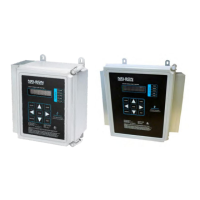
